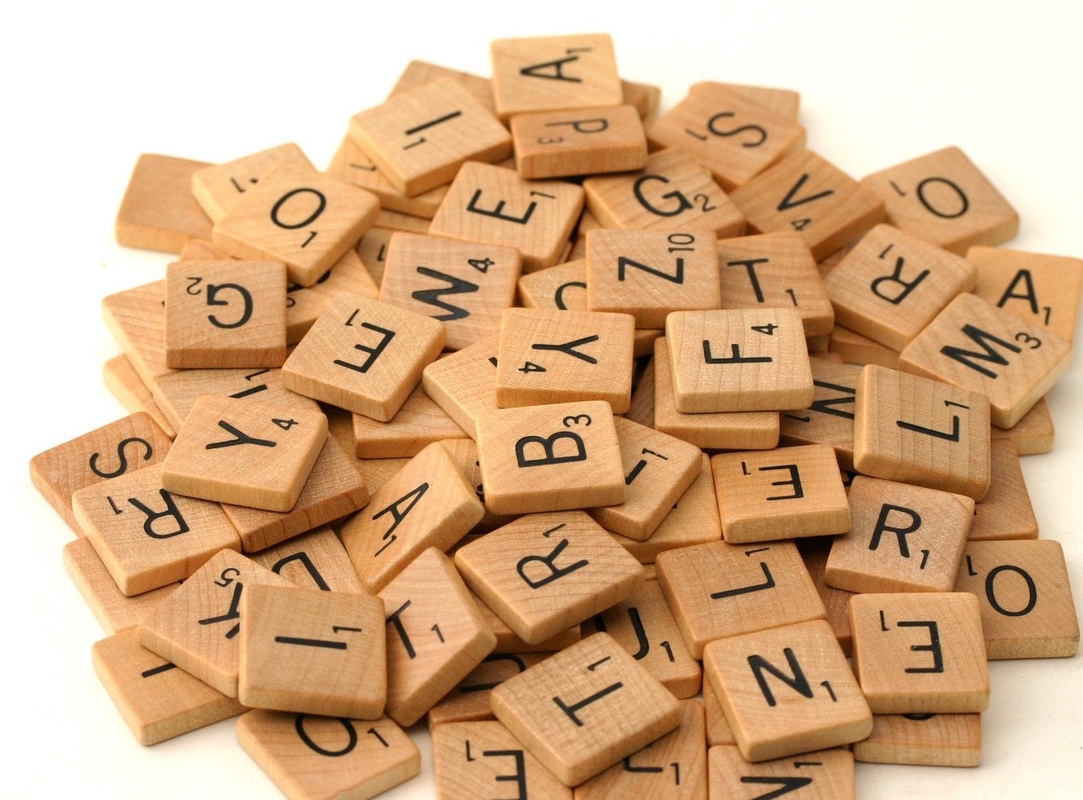Playing in real time. Your opponent/s sat with you, and you had to make sensible words in a limited time frame. With the app, you can take upto several days to decide what word you want to play.
Applying your own mental dictionary. While playing Scrabble, you had to have a good dictionary in your head, and you needed to know what words really qualified as words. If you were sharp, you could catch your opponent trying to pass off ‘xo’ as a word. Now, the app tells you if a word is acceptable or not.
Doing your own Math. When we played Scrabble, we had to mentally calculate the total number of points we would score. The app does it automatically now. So numerically challenged folks like me are getting even rustier at mental math.
Still, Words With Friends lets you play all the time, with friends on other continents. And you suddenly discover the very valuable role of vowels, and how often Q is followed by U. And wonder of wonders, you actually begin to realize that the game is as much about strategy as it is about words.

